
Manchu Archery: Qing Composite Bow Sale
-
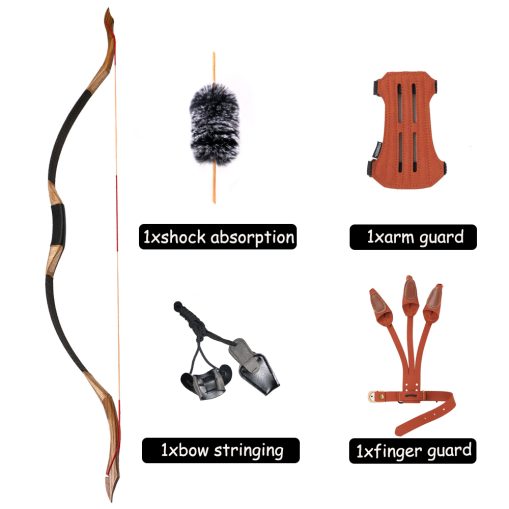 Handmade Wooden Bow 30-50lbs$135.81 – $174.90
Handmade Wooden Bow 30-50lbs$135.81 – $174.90 -
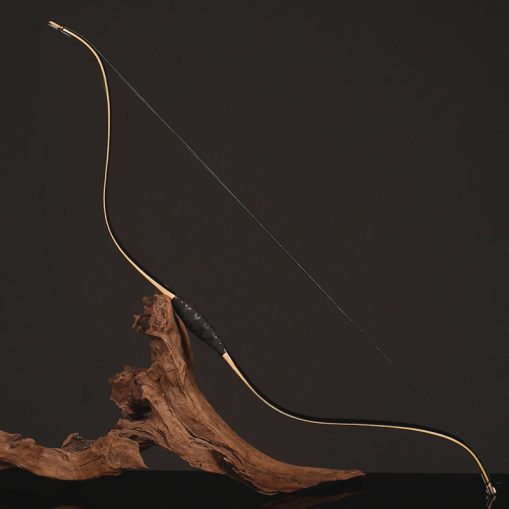 46inch Recurve Bow 25-50lbs$170.25
46inch Recurve Bow 25-50lbs$170.25 -
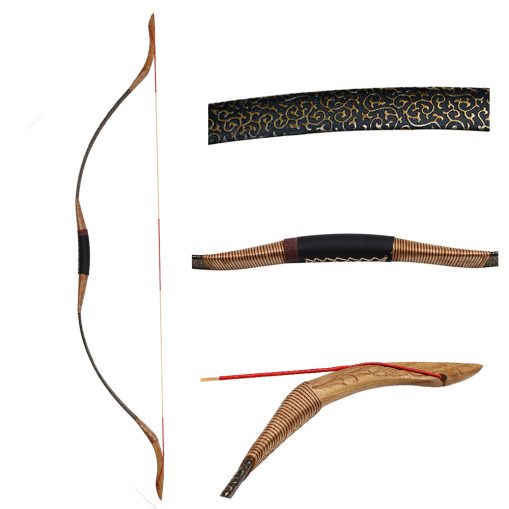 Handmade 30-50lbs Traditional Bow$138.60 – $193.61
Handmade 30-50lbs Traditional Bow$138.60 – $193.61 -
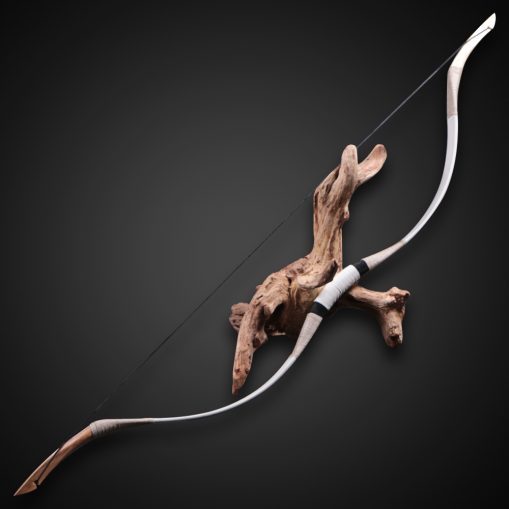 Powerful Recurve Bow 30-70lbs$155.64 – $210.66
Powerful Recurve Bow 30-70lbs$155.64 – $210.66 -
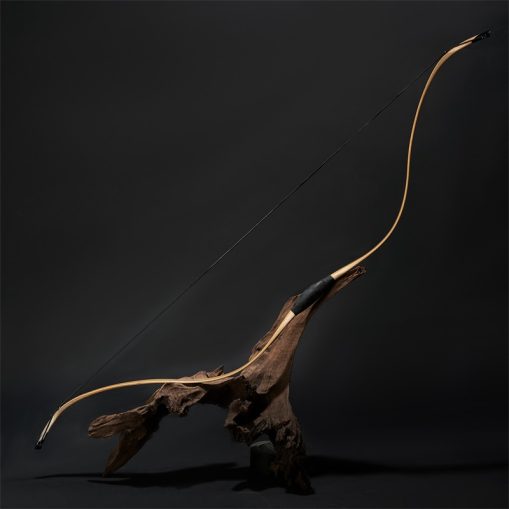 Recurve Laminated 20-50lbs Bow$185.63
Recurve Laminated 20-50lbs Bow$185.63 -
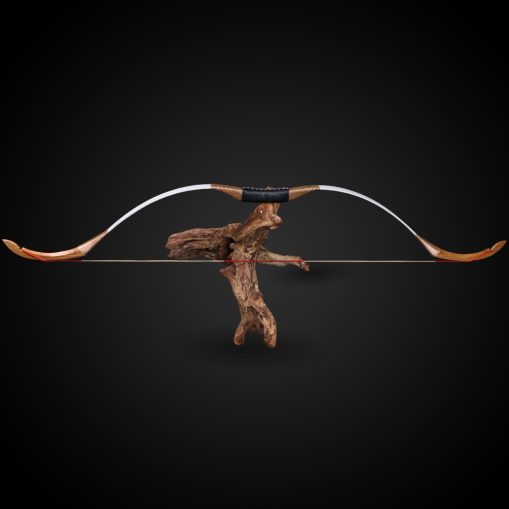 Traditional Laminated Bow 25-50 Ibs$109.70 – $145.96
Traditional Laminated Bow 25-50 Ibs$109.70 – $145.96 -
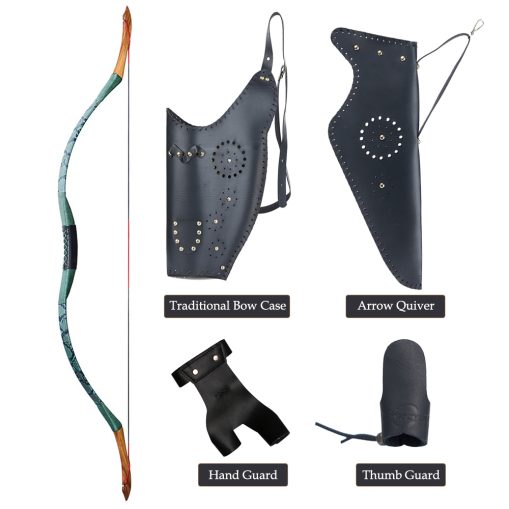 Traditional Recurve Bow 20-50 lbs$95.78 – $134.51
Traditional Recurve Bow 20-50 lbs$95.78 – $134.51 -
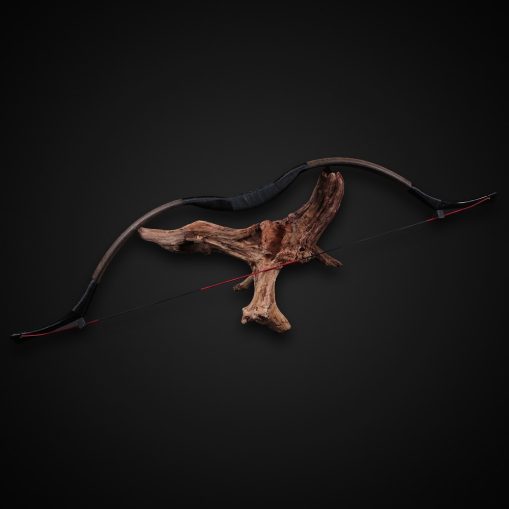 Archery Traditional Bow 30-50 lbs$109.22
Archery Traditional Bow 30-50 lbs$109.22
Customer Reviews
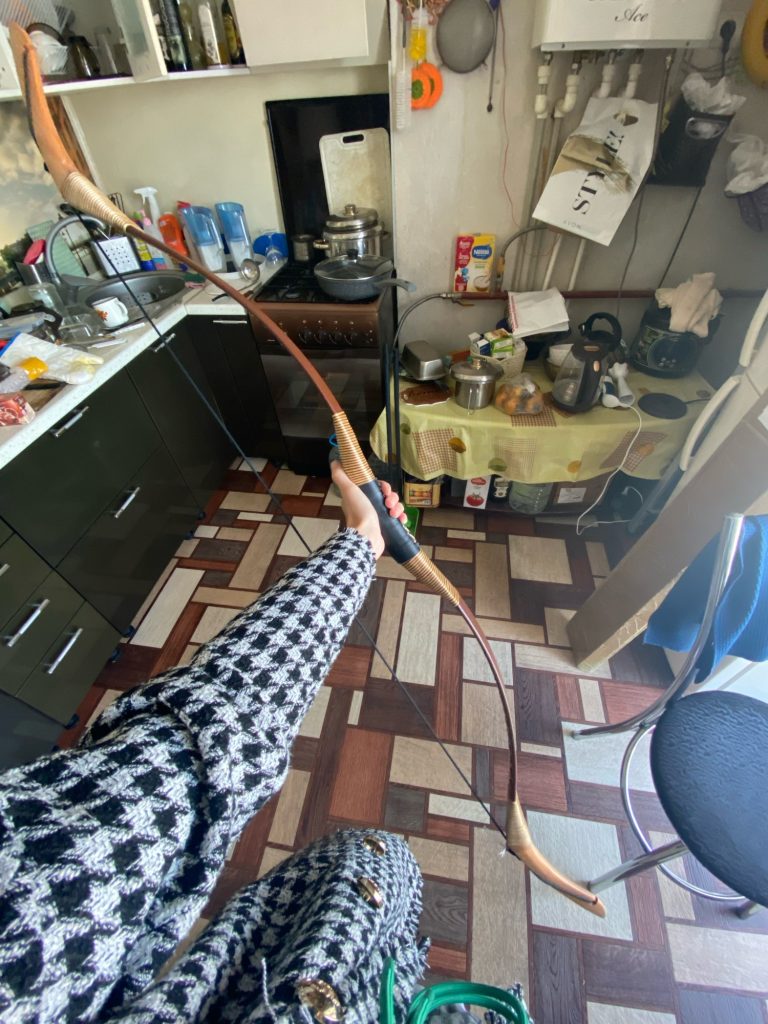
Thanks for fast delivery!!! It’s perfect!!! My bow look good for winter hunting!!!
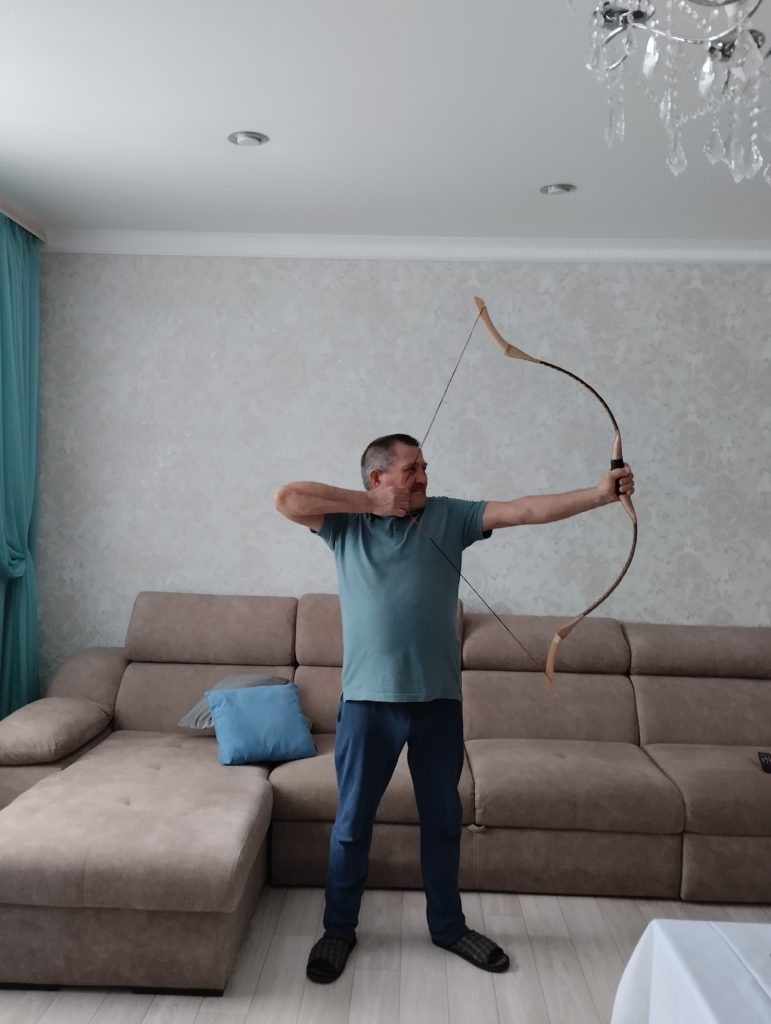
Elegant Work! thanks to seller and the master, I wanted to buy such a bow!
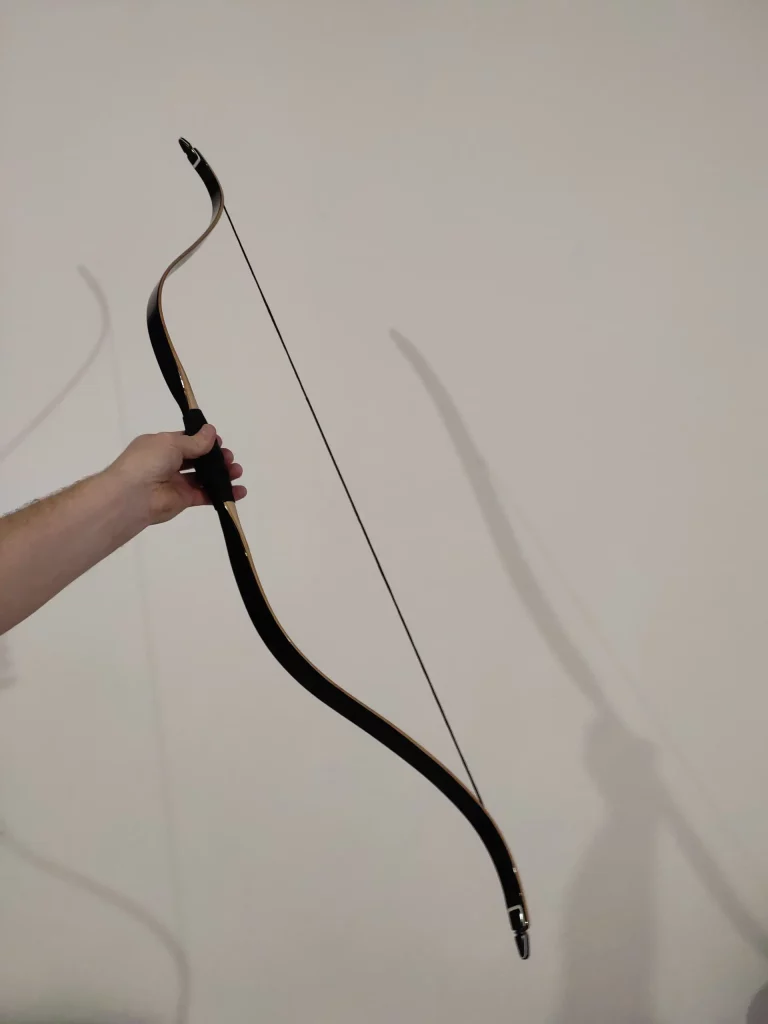
Great Bow. Beautiful!!!
Pretty!!! Just lovely.
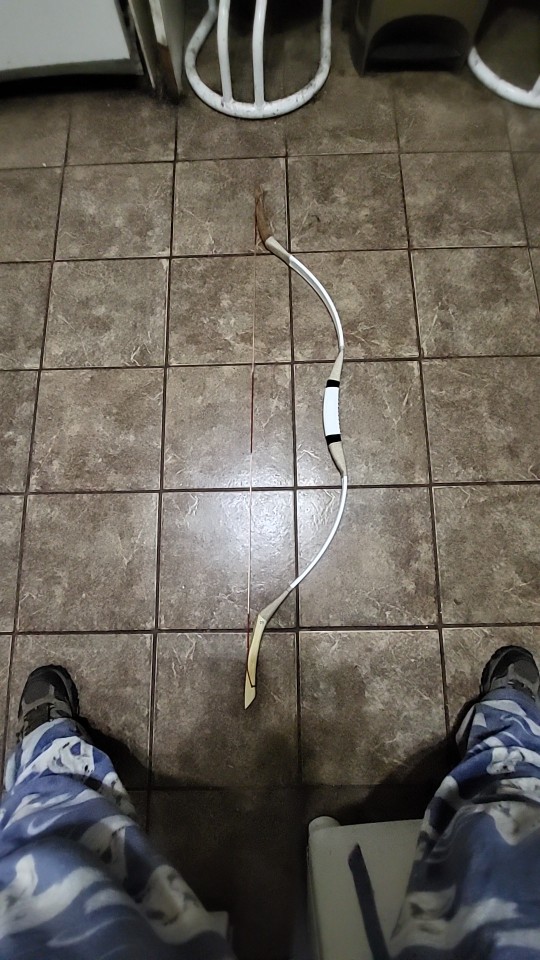
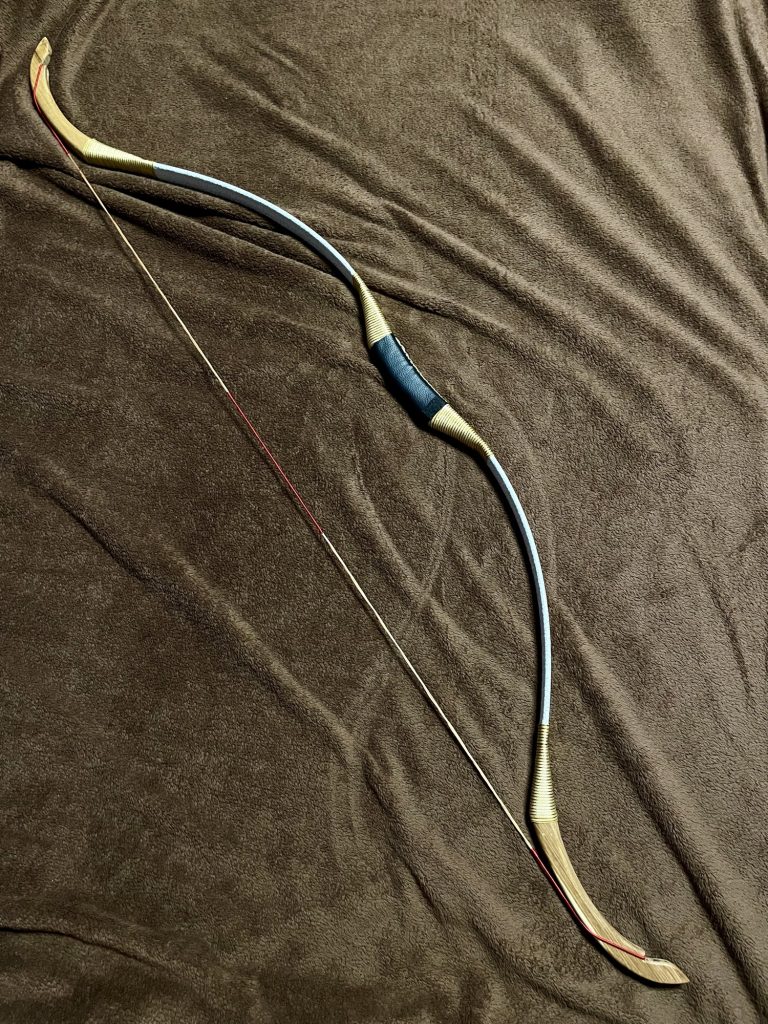
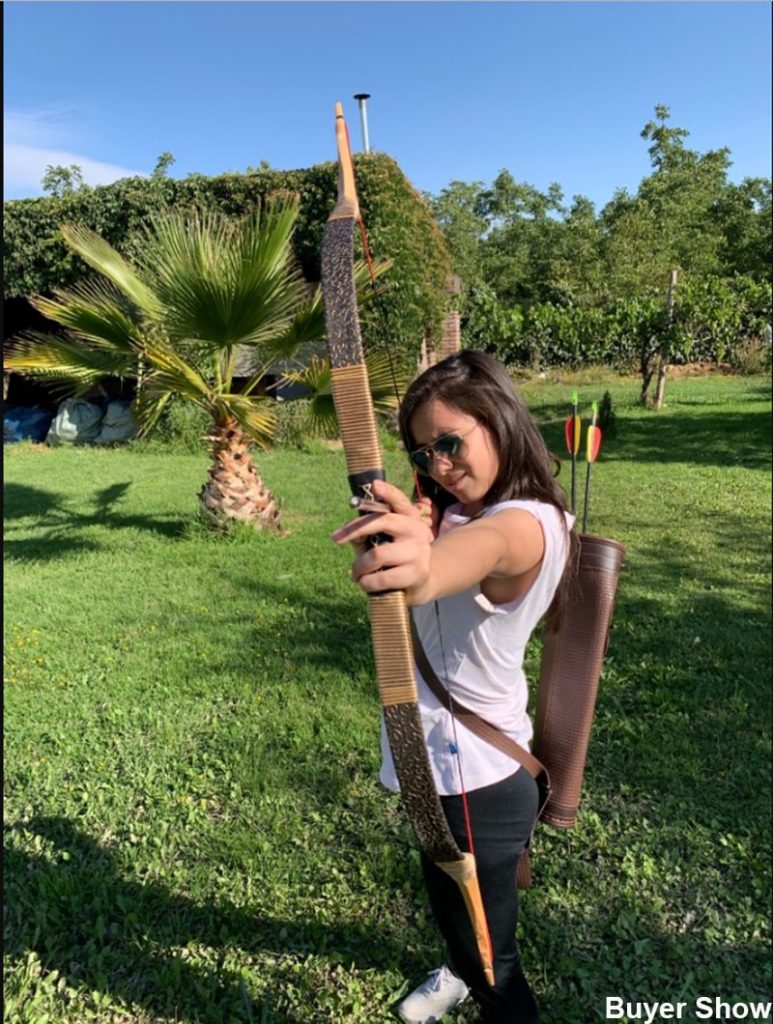
What is The Manchu Bow?
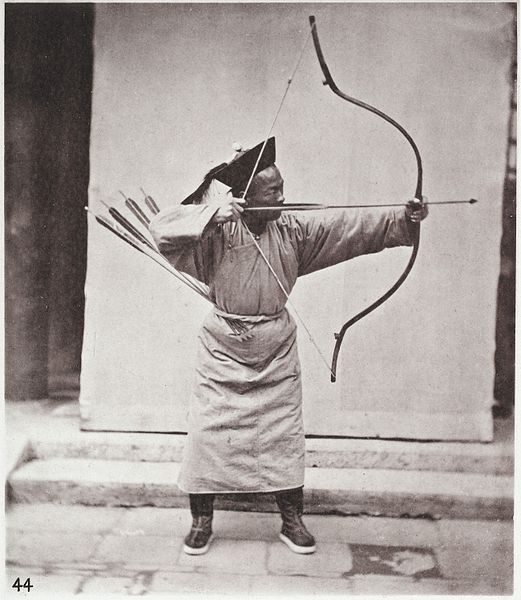
The Manchu bow, also known as the Qing bow or Manchu Qing bow, is a type of traditional bow that originated in China during the Qing Dynasty (1644-1912). It was the primary weapon of the Manchu people, who founded and ruled the Qing Dynasty.
The Manchu bow is a composite bow, meaning it is constructed using multiple materials. The core of the bow is made from various types of wood, such as mulberry, birch, or bamboo. The bow’s limbs are reinforced with layers of animal horn, which give the bow its characteristic shape and strength.
The construction of the Manchu bow allows it to store and release a significant amount of energy, resulting in a powerful and accurate shot. It is designed to be fired from horseback, as the Manchu people were skilled horse archers. The bow’s short length and reflexed shape make it well-suited for mounted archery, providing the archer with maneuverability and quick shooting.
The Manchu bow played a significant role in the military and cultural history of China during the Qing Dynasty. It was widely used by the Manchu cavalry and was renowned for its accuracy, range, and penetrating power. Today, the Manchu bow is still appreciated and practiced by traditional archery enthusiasts and collectors.
History of The Qing Bow
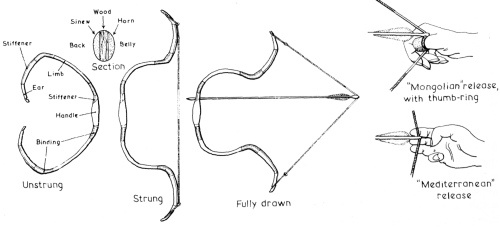
The history of the Manchu bow is closely intertwined with the rise and rule of the Qing Dynasty in China. The Manchu people, who originated from the northeastern region of China, established the Qing Dynasty in 1644 after overthrowing the Ming Dynasty.
The Manchu bow was developed and refined by the Manchu people over several centuries. It evolved from earlier bow designs used by various nomadic and semi-nomadic tribes in the region, such as the Xiongnu and the Mongols. These tribes were known for their skilled horsemanship and archery, and their influence can be seen in the design and techniques associated with the Manchu bow.
The Manchu people, being skilled horse archers themselves, recognized the importance of a powerful and accurate bow for warfare and hunting.
With the decline of traditional archery and the advent of modern firearms, the use of the Manchu bow gradually diminished. However, the bow’s historical significance and craftsmanship have been preserved through the efforts of traditional archery enthusiasts, collectors, and historians.
Mongolian Bow vs Manchu Bow
The Mongolian bow and the Manchu bow are both types of traditional bows originating from different regions of Asia and are associated with different cultures and historical periods.
The types of materials and process of making Mongol or Manchu bows are fairly similar with both bows needing layers of materials to be glued together as well as the use of horn and sinew.
While there are many similarities between the two bows, there are some differences.
The Mongolian bow is generally shorter and smaller in size, which is more suited for mounted archery.
The Qing / Manchu bows on the other hand were longer and larger which gave it longer draw length and also were an effective weapon on foot like the English Longbow.
Frequently Asked Questions
Here are some most commonly asked questions about the Manchu Qing bow.
How long is Manchu bow?
The Manchu bow is around 140 centimeters or around 55 inches generally. However, depending on the use, it can be shorter a little larger whether it was meant for horseback or foot archery.
Materials used in Manchu bow?
The bowmaker carefully chooses the materials needed for constructing the bow. The main components include wood, horn, sinew, and glue. Core construction: The core of the bow is made from a suitable type of wood, such as mulberry, birch, or bamboo. The wood is shaped into a solid piece, forming the foundation of the bow.
Thin strips of animal horn are heated and carefully bent to match the desired shape of the bow. These horn strips are then glued and attached to the back of the bow, which is the side facing away from the archer when the bow is drawn.
Additionally, layers of animal sinew, typically from tendons, are applied between the wooden core and the horn to further reinforce the bow and increase its power.
What is the draw weight and shooting distance of Qing Bow?
Commercial qing bows are lighter in draw weight around 20lbs to 80 lbs, but you can find ones that are above 100 lbs.
Manchu bows for warfare purposes were a lot harder to pull with some ranging up to 140 or 150 lbs similar to English longbows. At the hands of a strong and experienced archer with a powerful bow, one could shoot it over 400-500 meters, but it requires great strength and practice.

